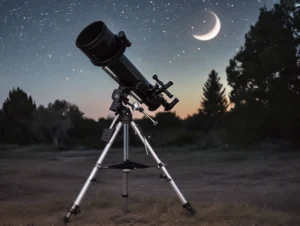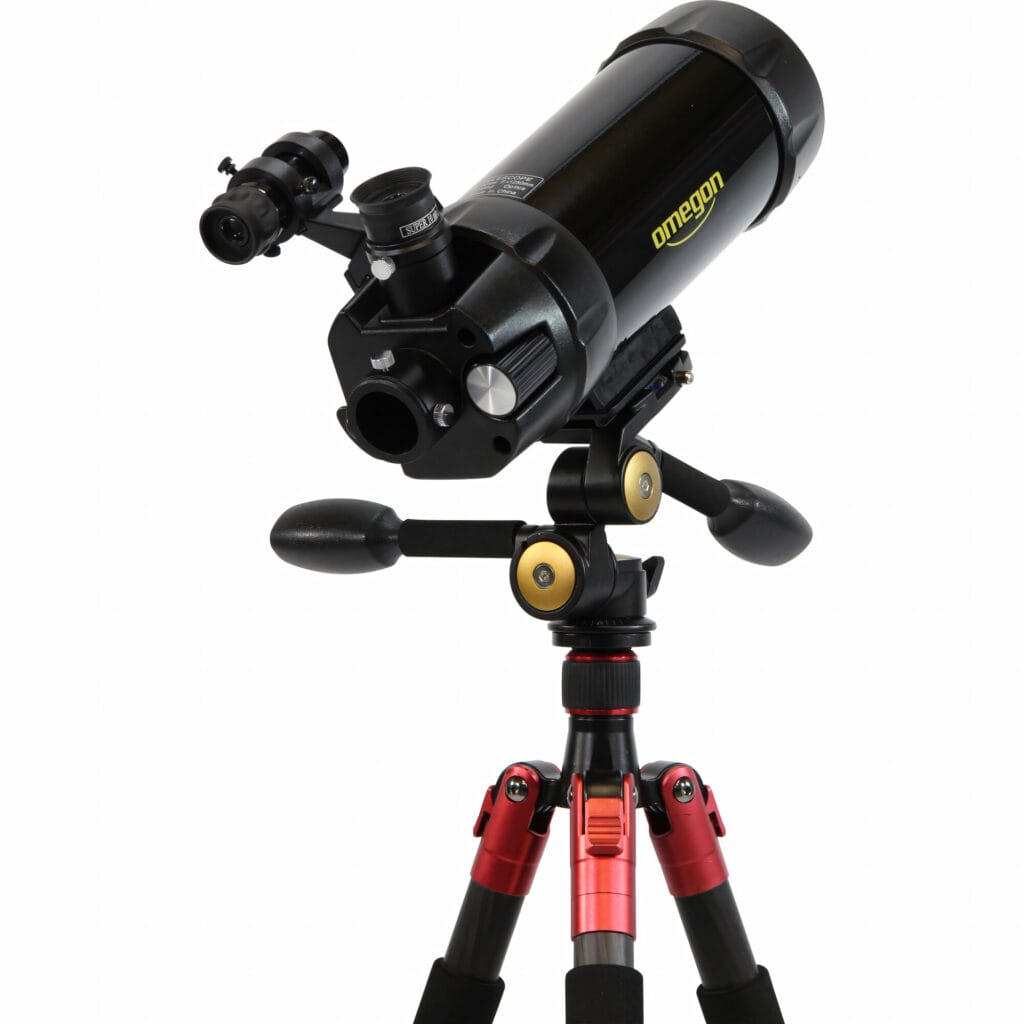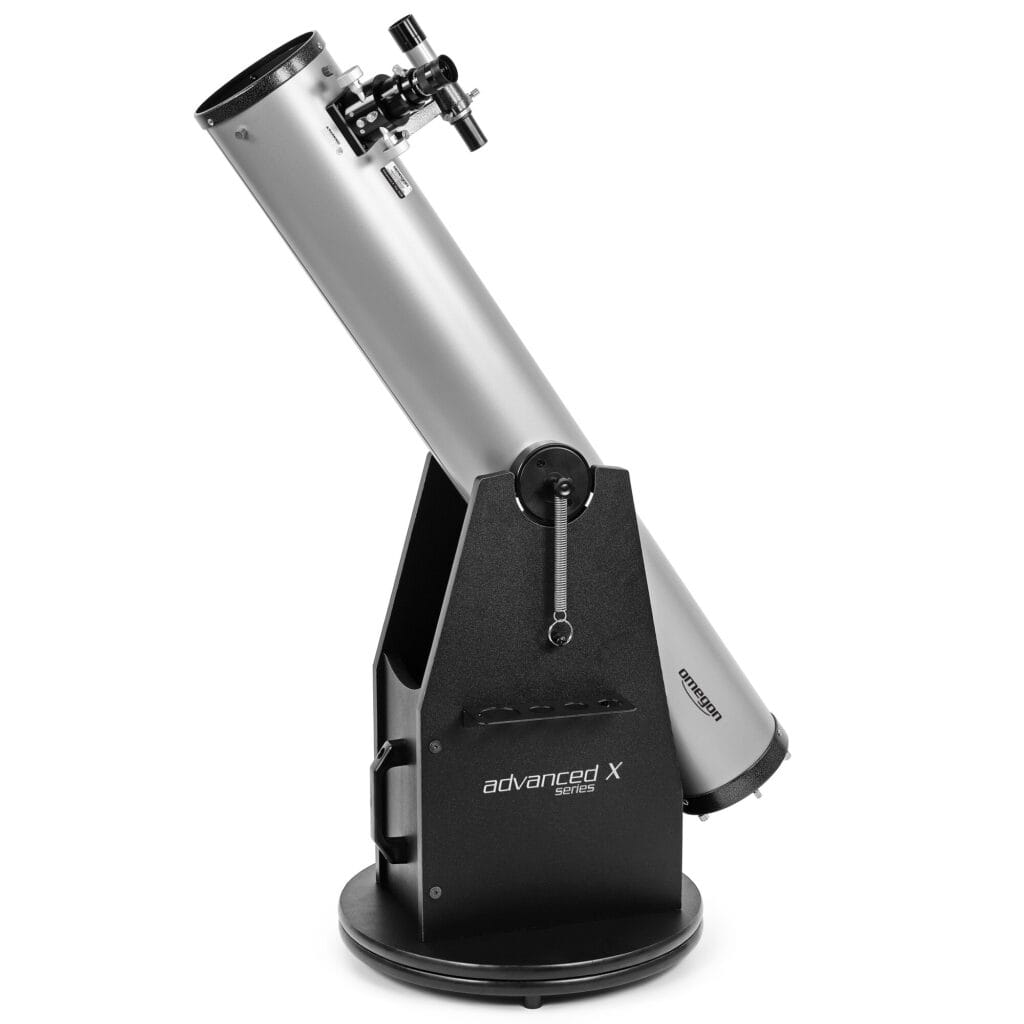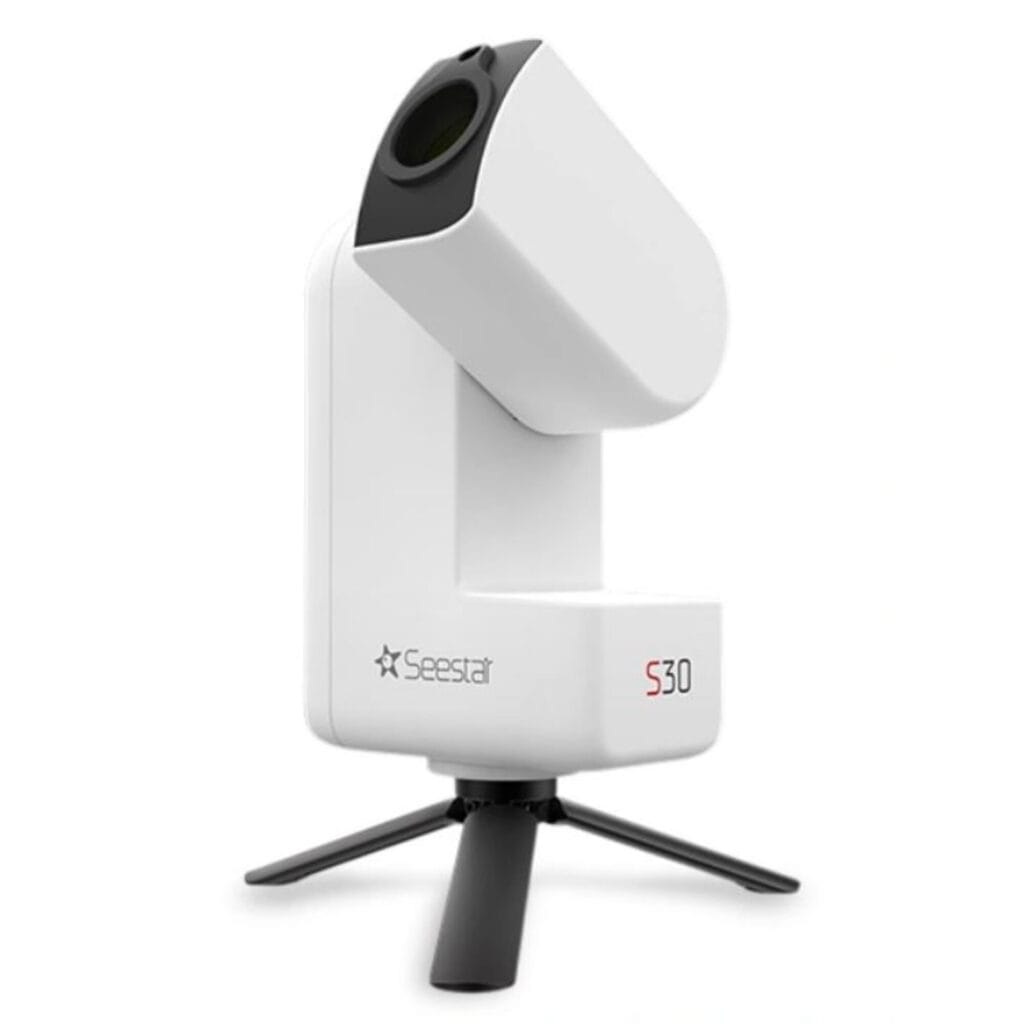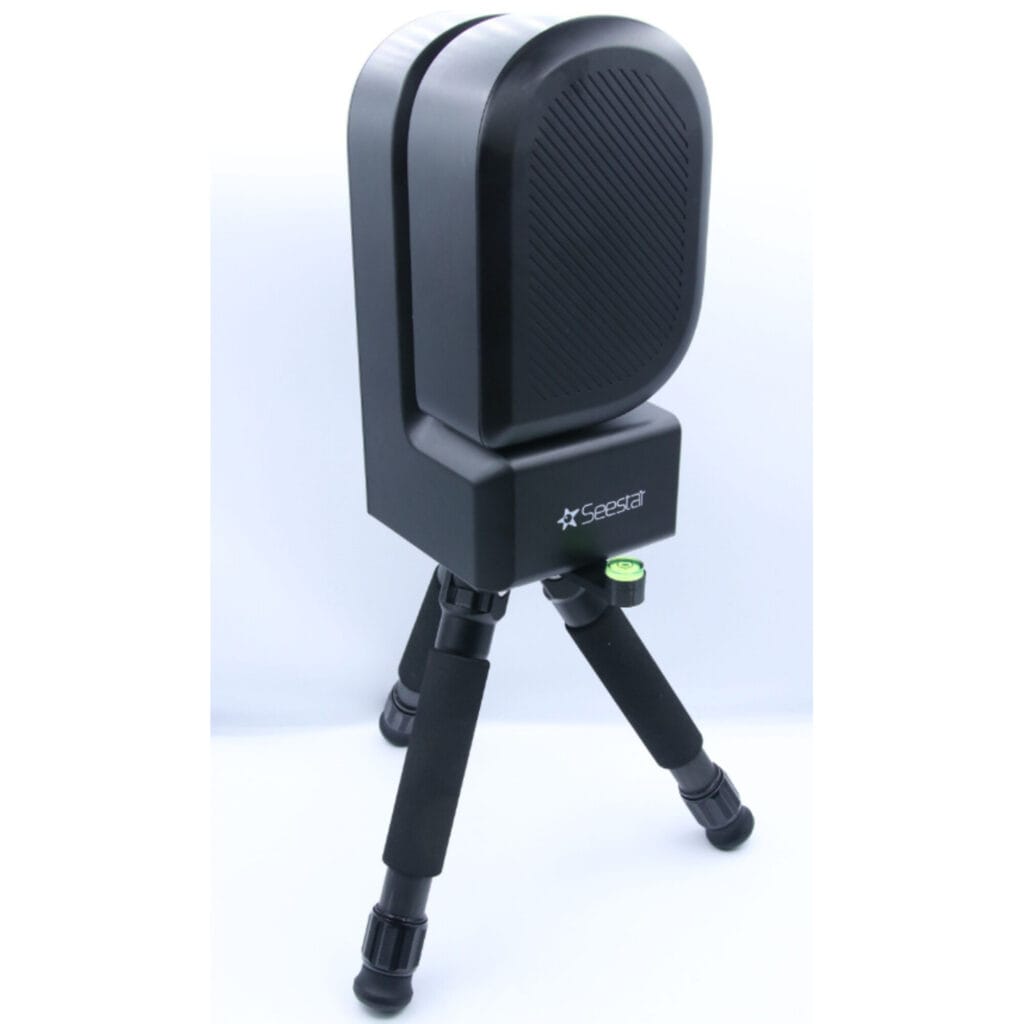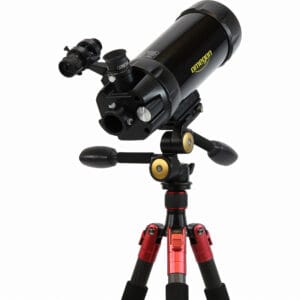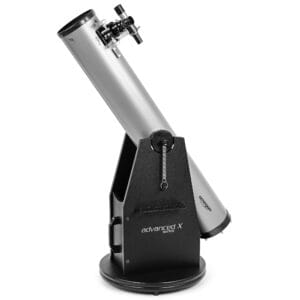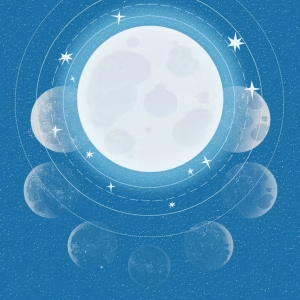The search for the best telescope for beginners rarely ends with one answer. What is ideal for one person is frustrating for another. So the question is not which telescope is the best? but which telescope fits what you want to see?
Some people especially want to view planets in detail. Others dream of nebulae, galaxies or even their first astrophotos. And fortunately, there are telescopes today that make each of those goals possible, even for those just starting out.
The best telescope for planets: choose a Maksutov
Those who dream of razor-sharp images of the Moon and planets need a telescope with a long focal length. That's where a Maksutov telescope in out. This compact telescope uses a combination of mirrors and lenses to deliver an extremely sharp and high-contrast image.
A model like the Omegon Maksutov Telescope MC 90/1250 OTA is a perfect choice for this purpose. Small enough to take anywhere, but powerful enough to clearly show Jupiter's cloud bands and Saturn's rings. Thanks to the included tripod, it is stable, and the tube itself is sealed which means dust, dew or fingerprints hardly have a chance.
The best telescope for beginners with the most value for money: a Dobson
A Dobson telescope is a telescope for life they sometimes say. For those who prefer to explore the heavens on their own, a Dobson telescope the best choice. Dobsons provide the most light output within a limited budget. The principle is simple: a large mirror collects light, and you move the tube by hand to search the sky. No electronics, no cables - pure, direct experience.
A model such as the Sky-Watcher Heritage 130/650 is compact, but unfortunately just a little too small for really impressive results.
Those who want something more permanent can opt for the Omegon Dobson 152/1200, a full-size telescope with larger mirror and longer focal length. That combination provides sharper images at higher magnifications, perfect for detail on Jupiter and Saturn, as well as the Andromeda Nebula under dark skies.
The beauty of Dobsons is their simplicity. You set them up, point them by hand and watch. Precisely because you have to learn about the sky yourself, your understanding of where everything is located grows. Each session feels like a little exploration, and that's exactly what makes stargazing so addictive.
For beginners who want to see the maximum without many technical steps, a Dobson offers the most “telescope” per euro.
The best telescope for the moon, galaxies, photography and nebulae: a smart telescope
Those who want to search less and, instead see, is increasingly opting these days for a smart telescope. This new generation of telescopes combines optics with built-in cameras and automatic alignment. No more complicated setup, no more manual tracking, the telescope does it all for you.
One of the most popular is the Seestar S30, a compact scope that aligns itself within minutes and transmits the image live to your smartphone. You choose an object, say the Orion Nebula or the Andromeda Nebula, and the telescope automatically aligns itself. Then you see the image get sharper and sharper as the camera collects more light, a technique called “live stacking.”.
The larger Seestar S50 goes one step further with more light output and detail. Both models come complete with tripod and bag, and are ready to use within five minutes.
For those who want to photograph right away without months of practice, this is the easiest way to capture the cosmos. You will also learn how exposure, filters and post-processing work something that will come in handy later in real astrophotography.
A smart telescope is not a replacement for optical viewing, but an extension of it. It brings the sky closer through technology, and lets beginners take images that only experienced astrophotographers used to dream of.
Which telescope suits you?
The best telescope for beginners is not a fixed model, but a choice that depends on what you want to explore.
If you mainly want to bring planets and the Moon into sharp focus, a Maksutov telescope such as the Omegon above the right move. This compact telescope lets you see Saturn's rings and the moons around Jupiter in a bright, high-contrast image. It is lightweight, easy to set up and delivers the highest image quality per millimeter of aperture.
If you prefer to see as much as possible within your budget, then a Dobson telescope most value for money. The Omegon Dobson 152/1200 is a particularly strong choice in this regard. Its large mirror collects more light than smaller models, allowing you to view not only the Moon and planets, but also deep-sky objects such as the Orion Nebula or the Andromeda Nebula. You move it by hand, immediately feel the response, and learn step by step how the sky works.
Those who want to take pictures right away and capture nebulae or galaxies digitally should choose a smart telescope such as the Seestar S30 or Seestar S50. These automatically align themselves, focus and display the image live on your smartphone. You not only see the sky, you capture it, and you do so without technical knowledge or complicated adjustment.
Whichever direction you choose, the important thing is that the telescope invites use. A good instrument is not there to be kept, but to be experienced. With the right choice, you discover that stargazing is not about complicated settings, but about the moment you first realize: I am really looking at another world.
View the current assortment beginner-friendly telescopes below:

